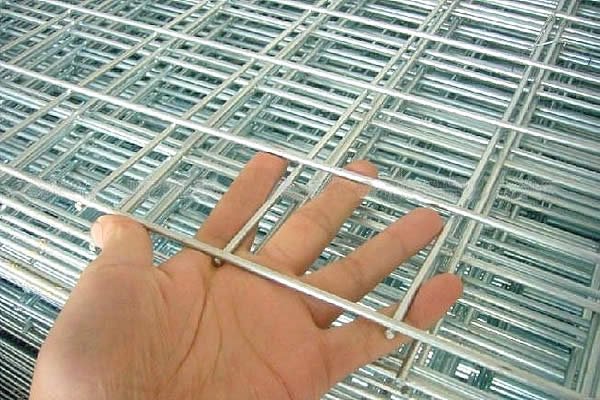 TEL:
+86-13102802206
TEL:
+86-13102802206
 Email:
fencenetting@china.com
Email:
fencenetting@china.com
 Language
Language
 TEL:
+86-13102802206
TEL:
+86-13102802206
 Email:
fencenetting@china.com
Email:
fencenetting@china.com
 Language
Language


Stainless Steel Wire Rope Sling An Essential Tool for Safe Lifting
In the world of heavy lifting and industrial applications, safety and reliability are paramount. Among the many tools used in rigging and material handling, stainless steel wire rope slings stand out as a vital component. Their strength, durability, and resistance to corrosion make them an ideal choice for various industries, including construction, manufacturing, marine, and mining.
Composition and Construction
Stainless steel wire rope slings are made from stainless steel wires that are twisted together to form a strong cable. The inherent properties of stainless steel, such as its low maintenance requirements and resistance to rust and corrosion, make it ideal for environments exposed to extreme weather, moisture, or chemicals. Typically, these slings are constructed using a series of wires that are arranged in a helical pattern, providing enhanced flexibility and strength.
The construction of a stainless steel wire rope sling can vary depending on its intended use. Slings can be made with different configurations, including single-leg, double-leg, and multi-leg designs. Additionally, the termination points—where the sling connects to the load or lifting device—can be customized with hooks, loops, or other fittings to ensure secure attachments.
Advantages of Stainless Steel Wire Rope Slings
1. Strength and Load Capacity Stainless steel wire rope slings are designed to handle substantial loads, making them suitable for lifting heavy equipment and materials. Their tensile strength is significantly higher than traditional lifting slings, which means they can safely lift more while minimizing the risk of breakage.
2. Corrosion Resistance One of the most significant advantages of stainless steel is its resistance to corrosion. This quality allows stainless steel wire rope slings to be used in harsh environments, including marine settings where exposure to saltwater can quickly deteriorate other materials. This durability extends the lifespan of the slings and reduces maintenance costs over time.

3. Versatility Stainless steel wire rope slings are highly versatile and can be utilized in a wide range of applications. From lifting construction materials to hoisting machinery, these slings can adapt to various rigging configurations, making them suitable for diverse industries.
4. Safety and Compliance In industries governed by strict safety regulations, the use of high-quality lifting equipment is essential. Stainless steel wire rope slings often meet or exceed international safety standards, providing peace of mind for employers and workers alike.
Maintenance and Inspection
To ensure the safety and longevity of stainless steel wire rope slings, regular maintenance and inspection are essential. Users should inspect slings before each use, looking for any signs of wear, damage, or kinks. Untwisted wire strands, broken wires, or corrosion can significantly compromise the sling's integrity.
After a certain number of lifts or when exposed to extreme conditions, slings should be subjected to thorough inspections by qualified personnel. Proper maintenance includes cleaning the slings to remove any contaminants and lubricating them to prevent wear.
Conclusion
In summary, stainless steel wire rope slings are an essential tool in the arsenal of industrial lifting equipment. Their strength, durability, and resistance to corrosion make them a reliable choice for heavy lifting jobs across various sectors. When appropriately maintained and inspected, these slings ensure safety and efficiency in material handling operations.
Whether in construction, shipping, or manufacturing, the role of stainless steel wire rope slings cannot be overstated. As industries continue to evolve, the demand for reliable and safe lifting solutions will only grow, ensuring that stainless steel wire rope slings remain a critical component of lifting and rigging practices for years to come. By choosing the right slings and adhering to safety protocols, businesses can enhance their operational efficiencies while safeguarding their workforce.